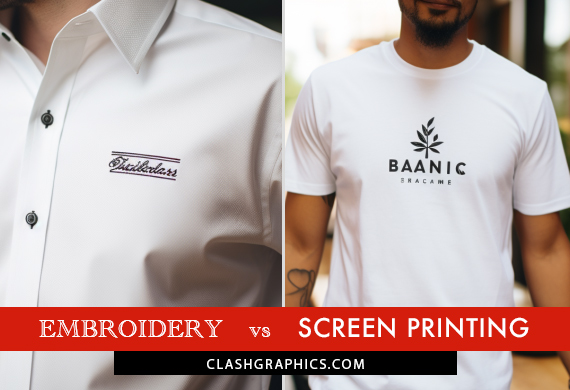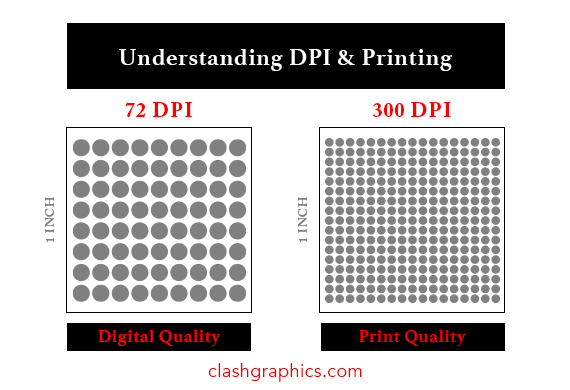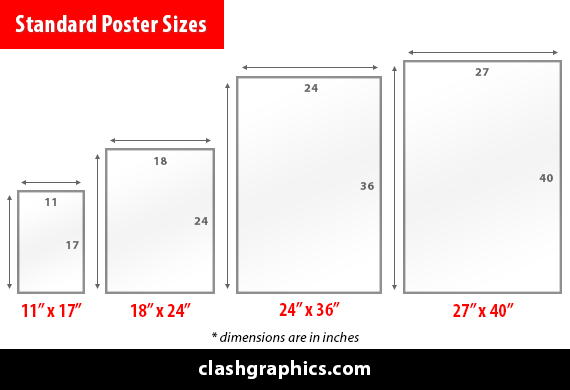What is Digital Marketing
Posted by Clash Printing Atlanta on 18th Mar 2025
Digital marketing involves using the internet to promote products, services, or a brand. It's key for connecting with today's online consumers. In this article, we will explore what is digital marketing, covering strategies, platforms, and techniques…
read more














